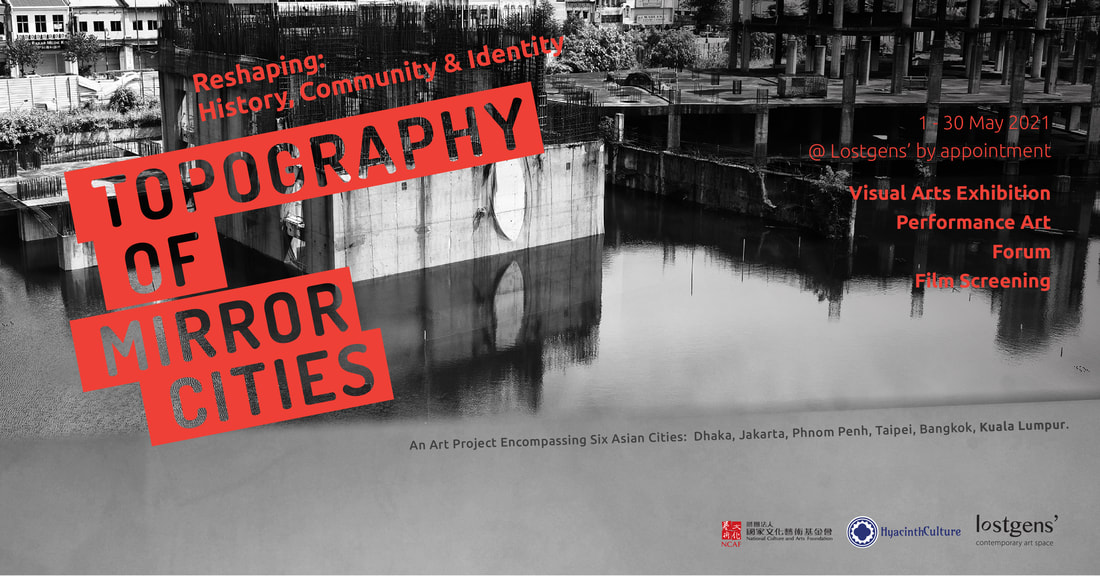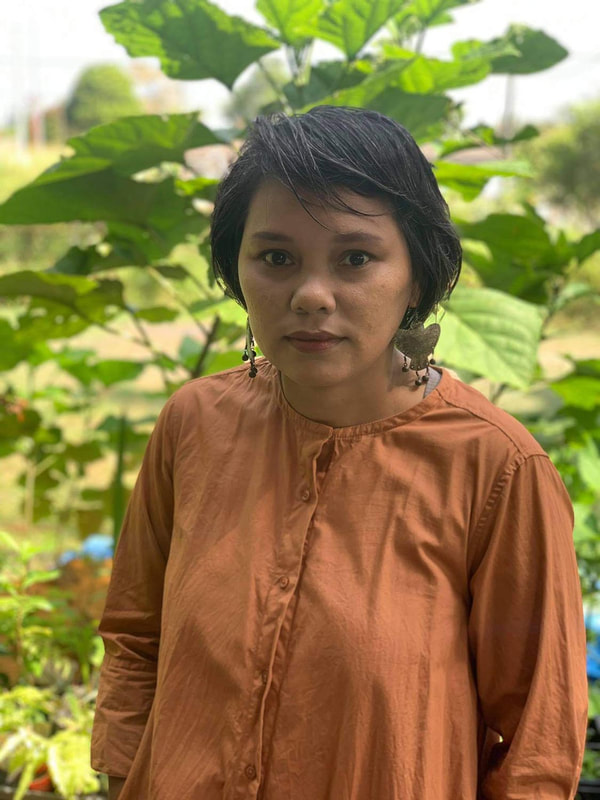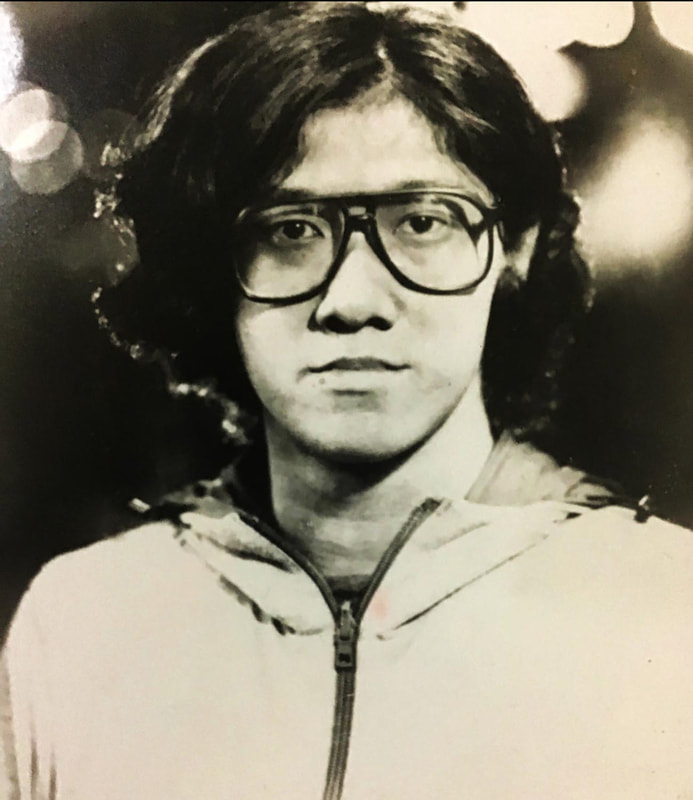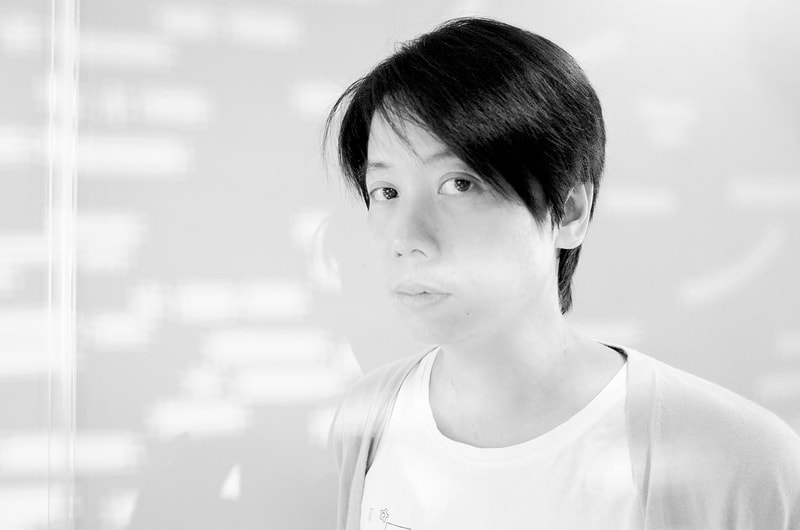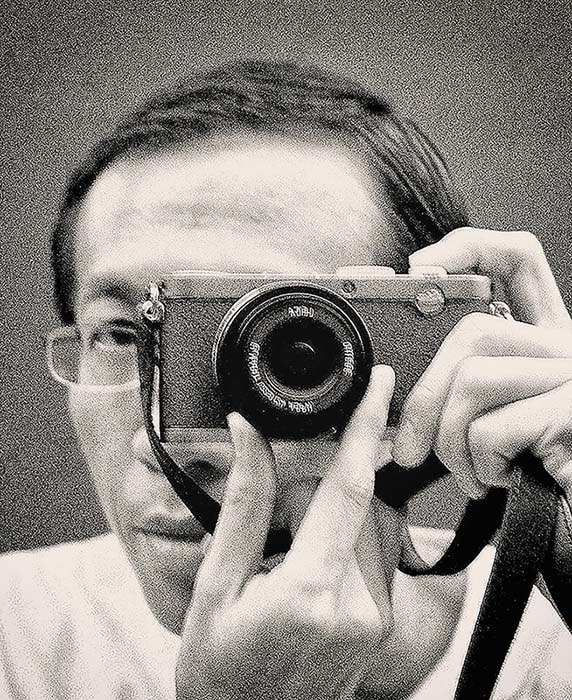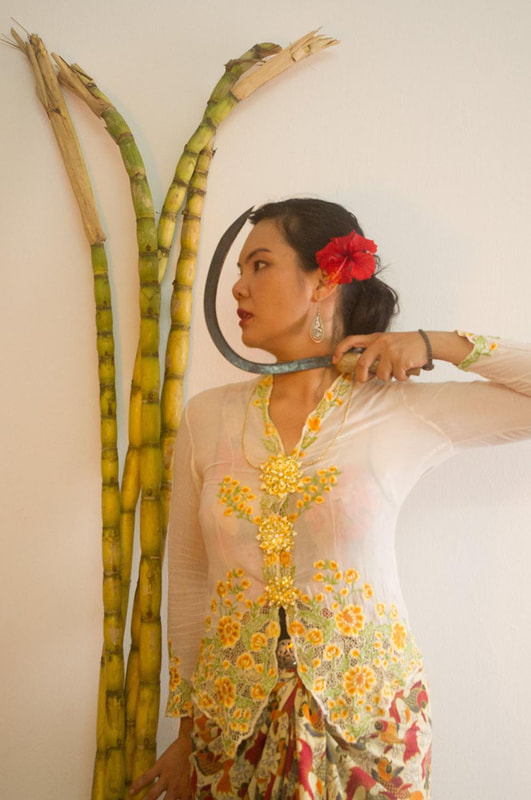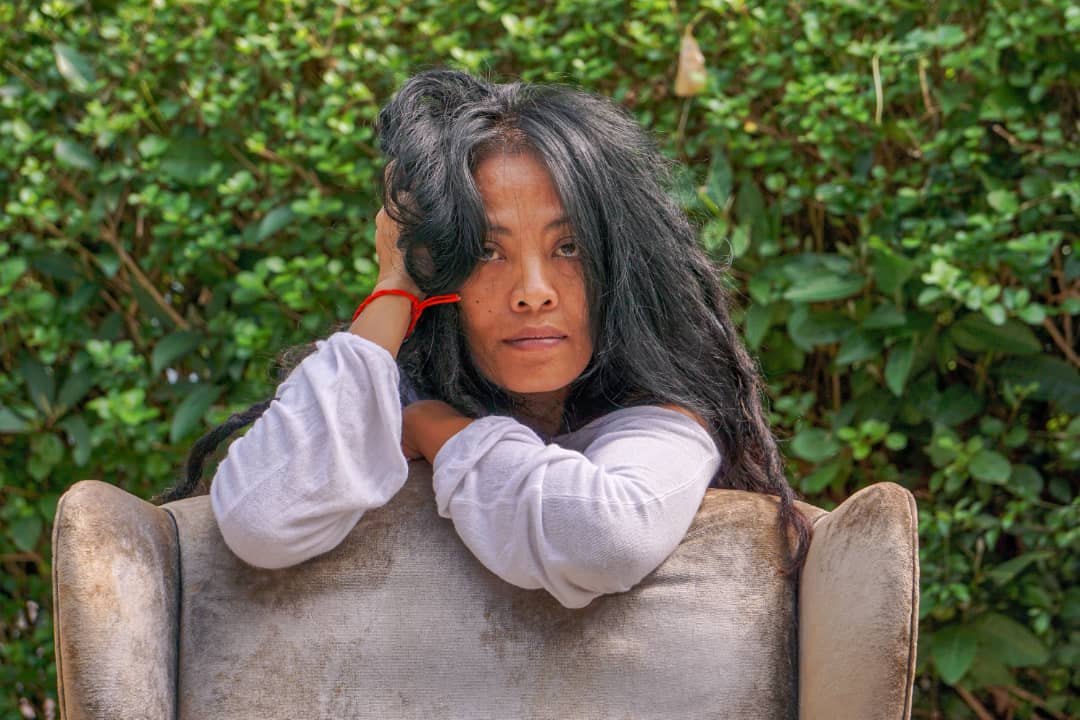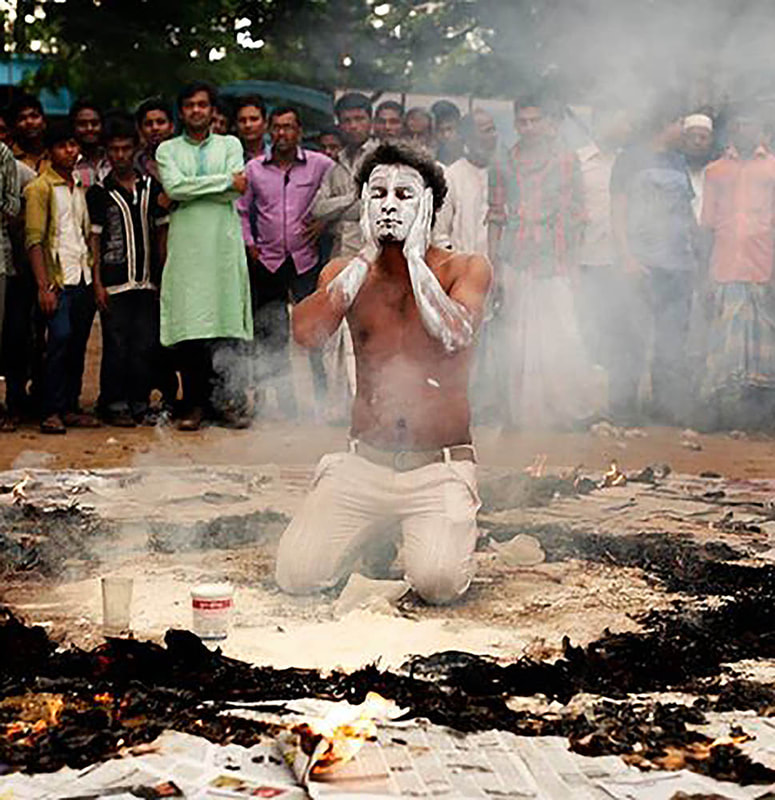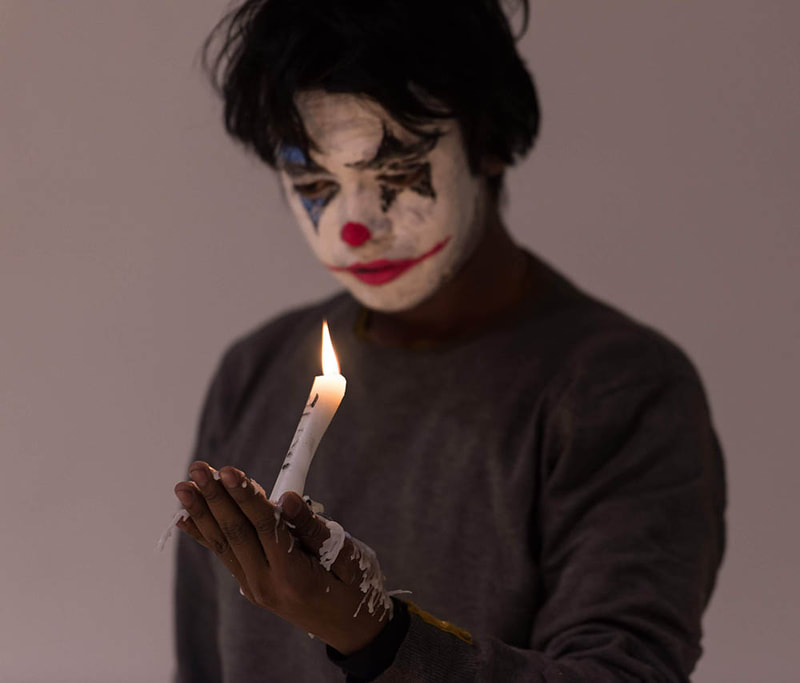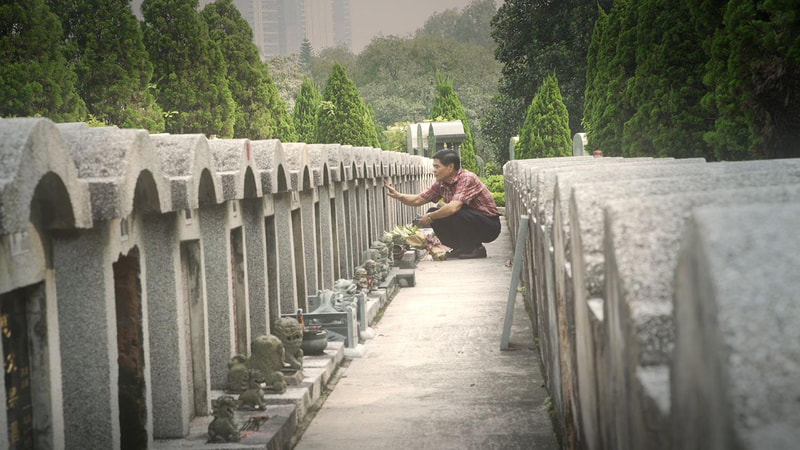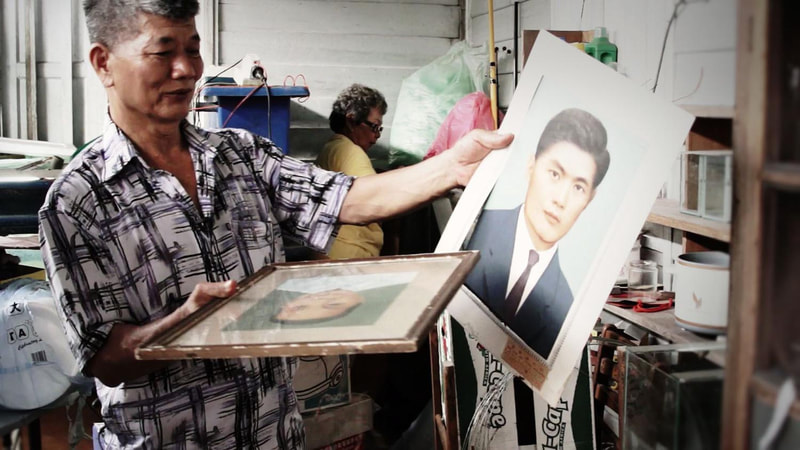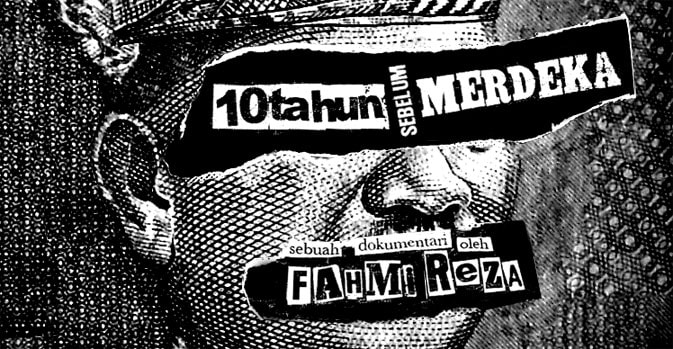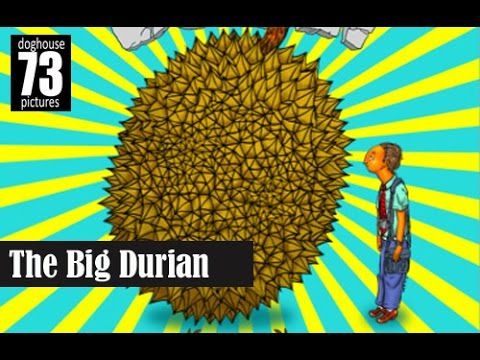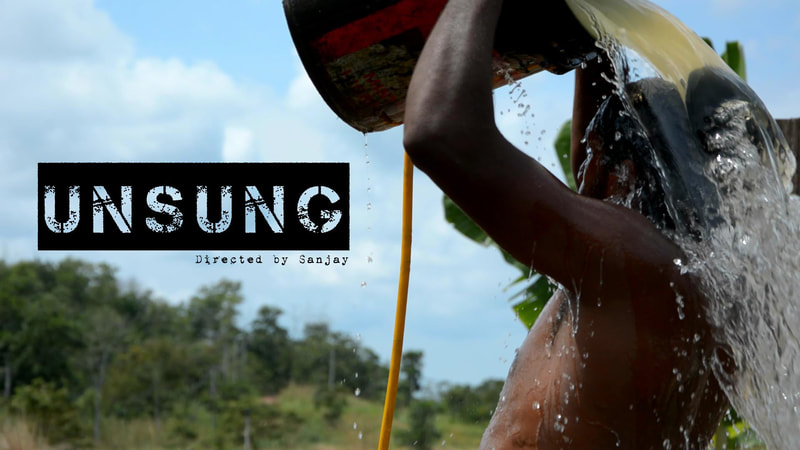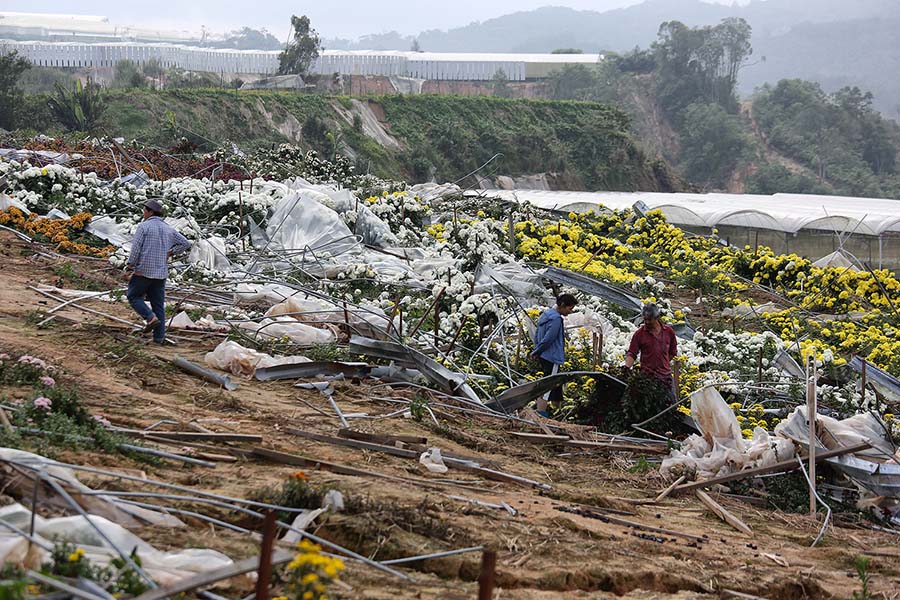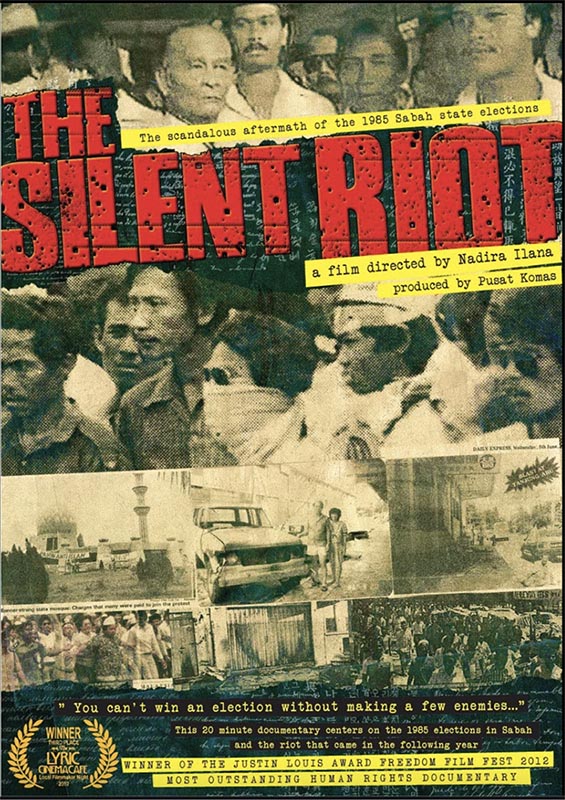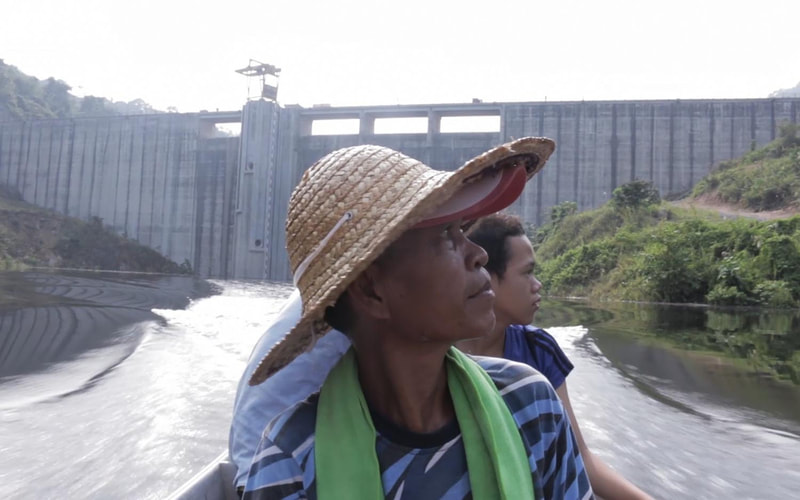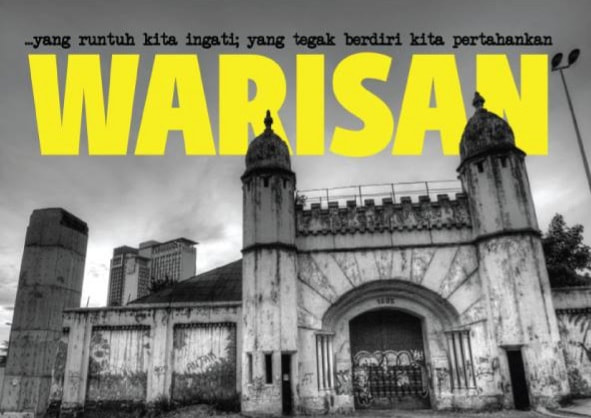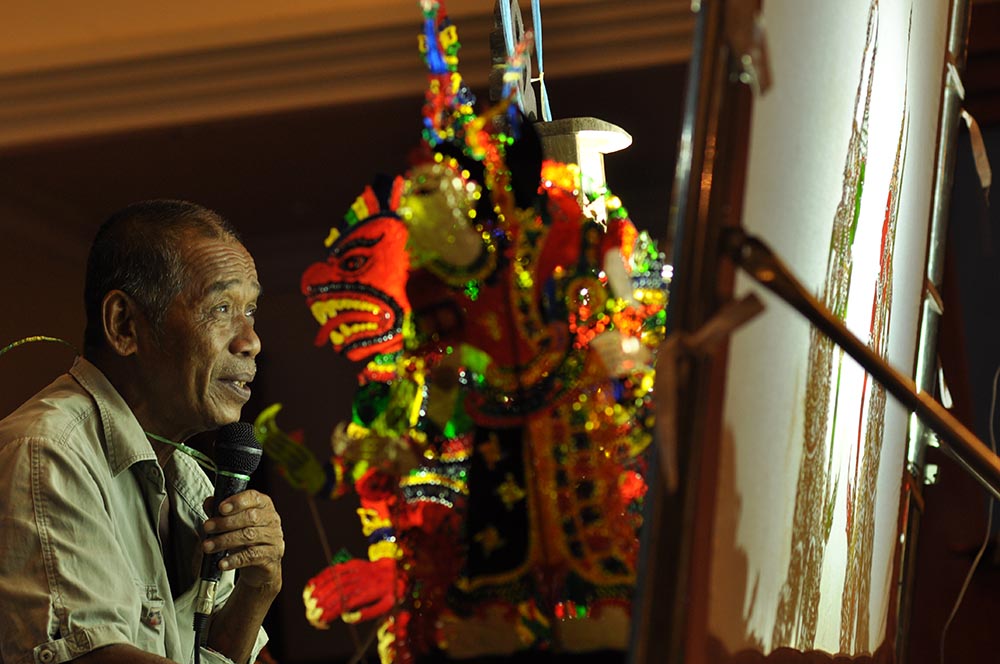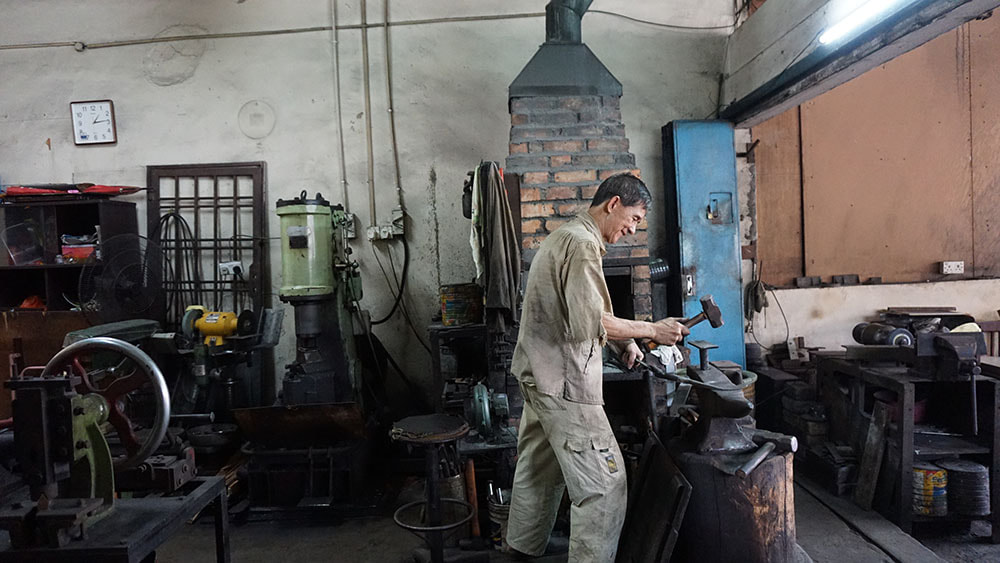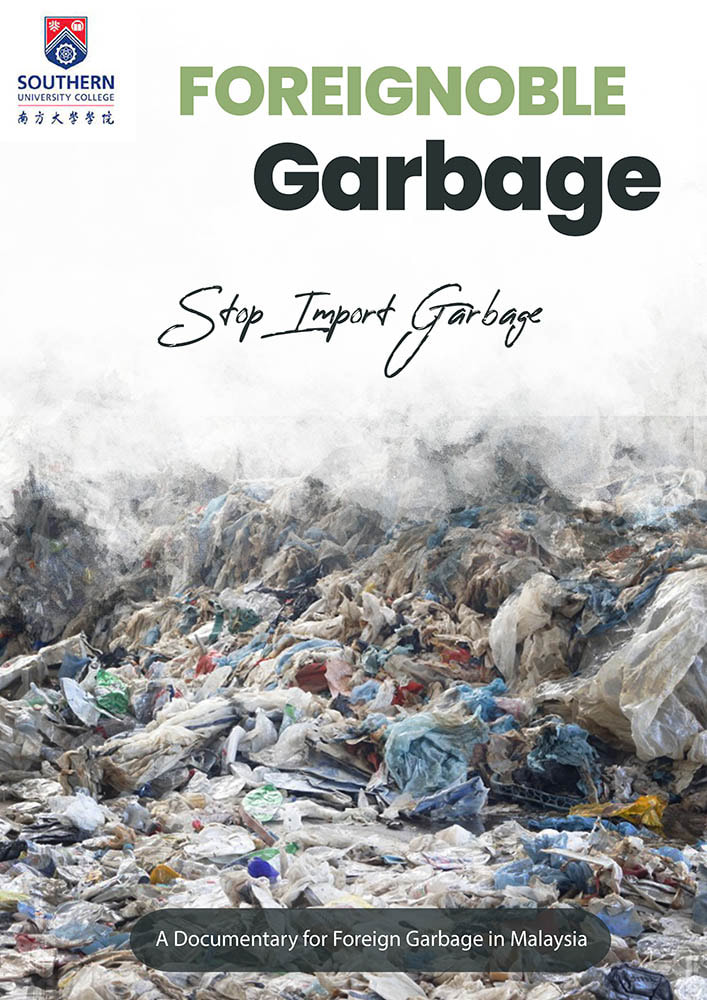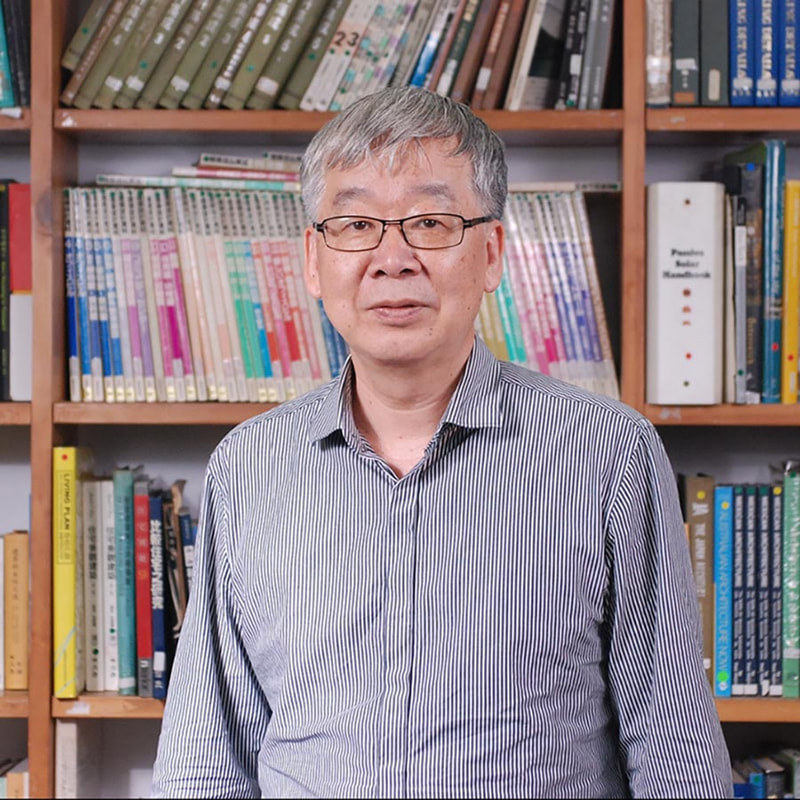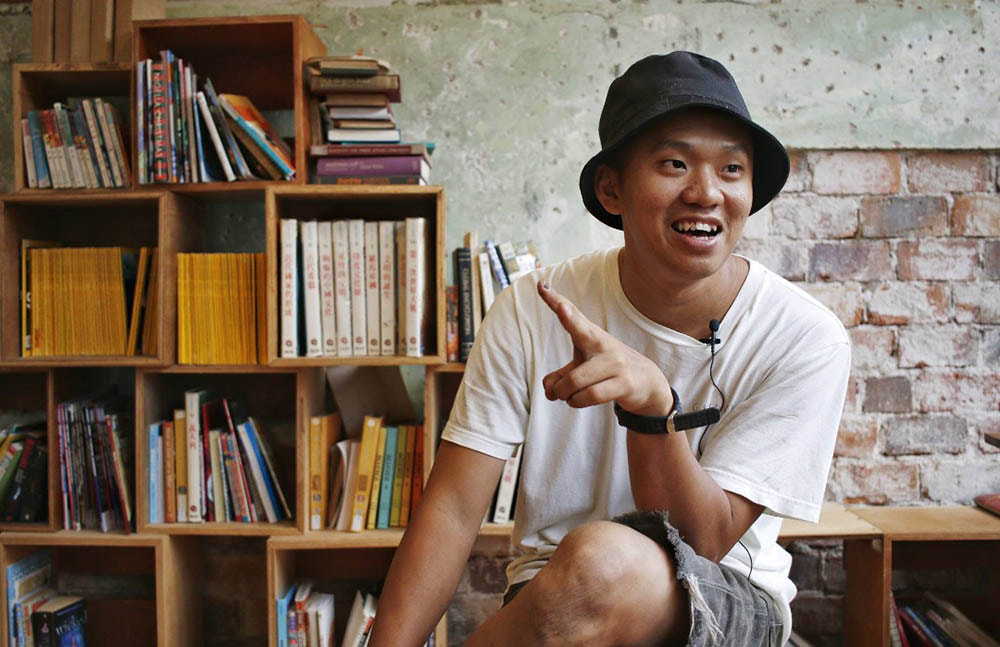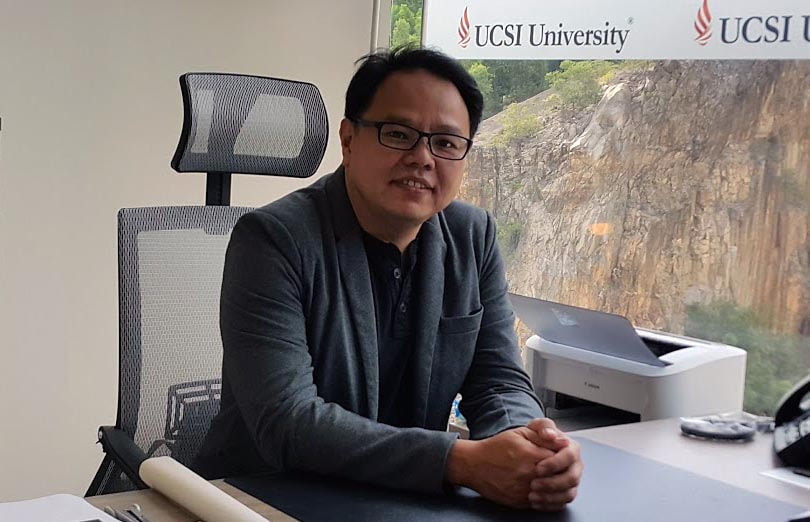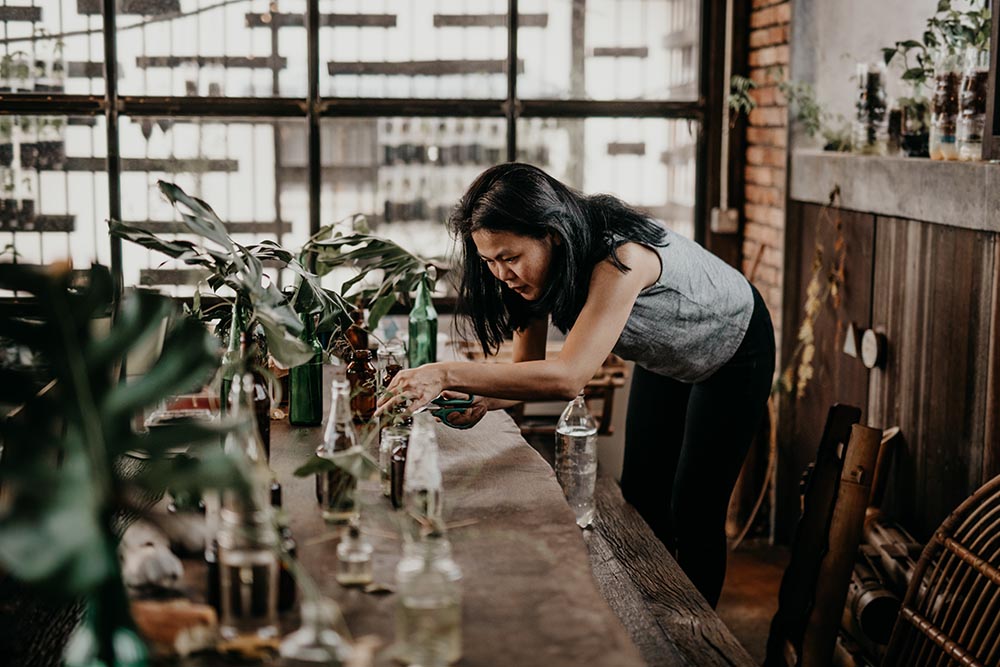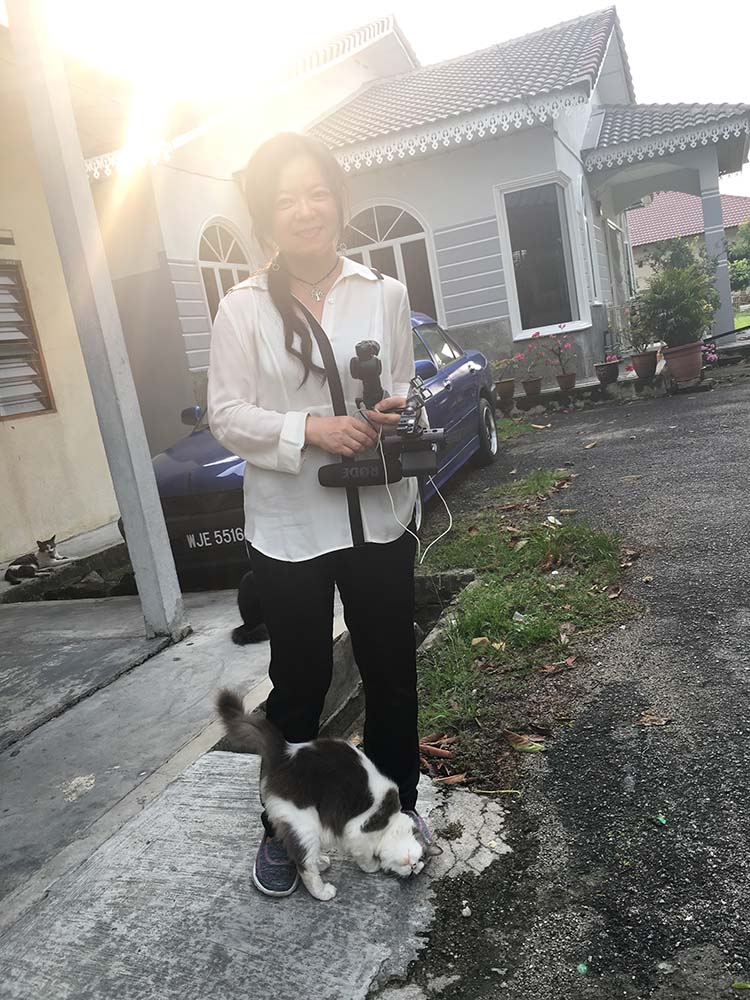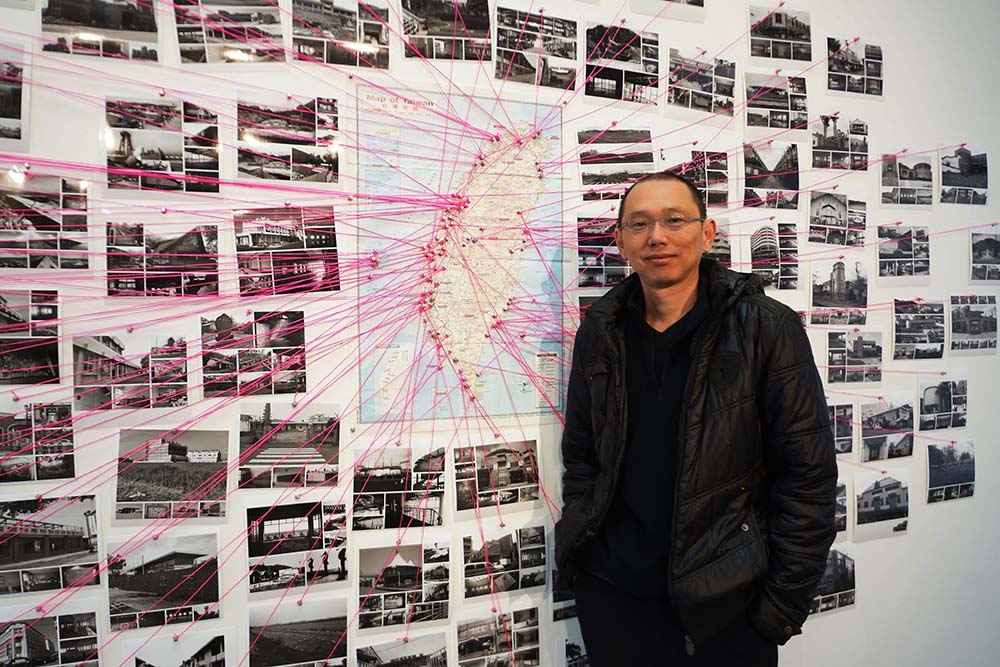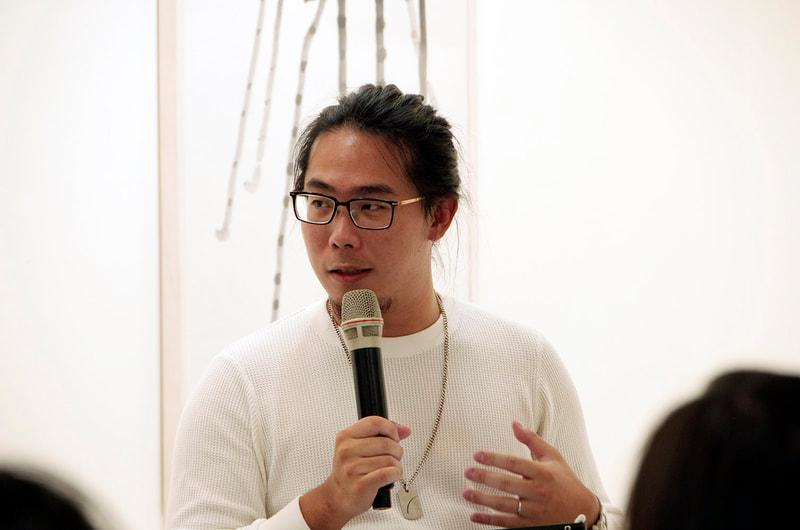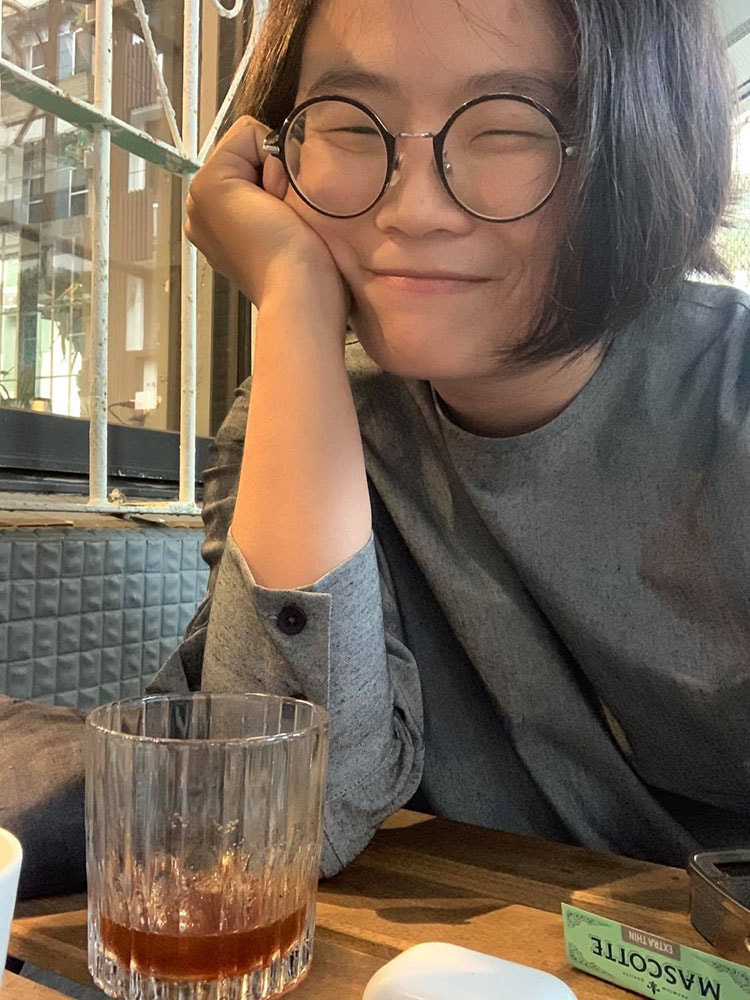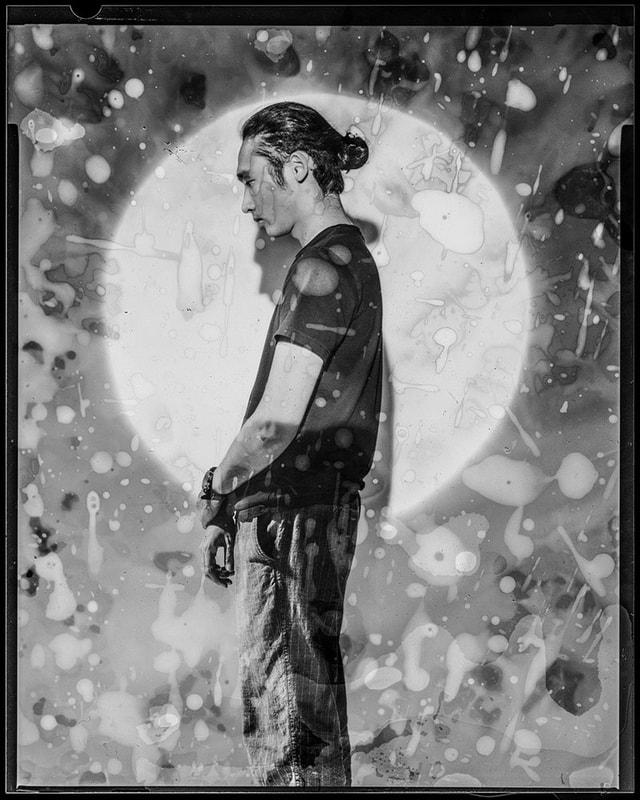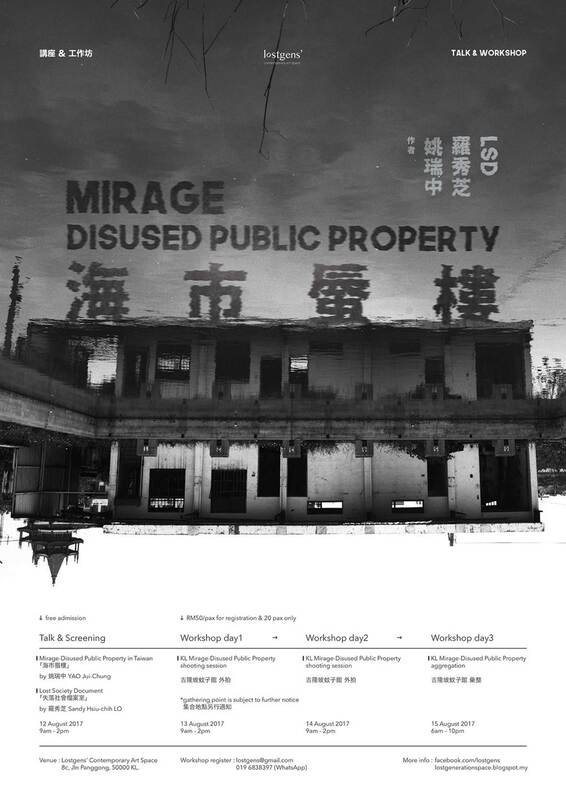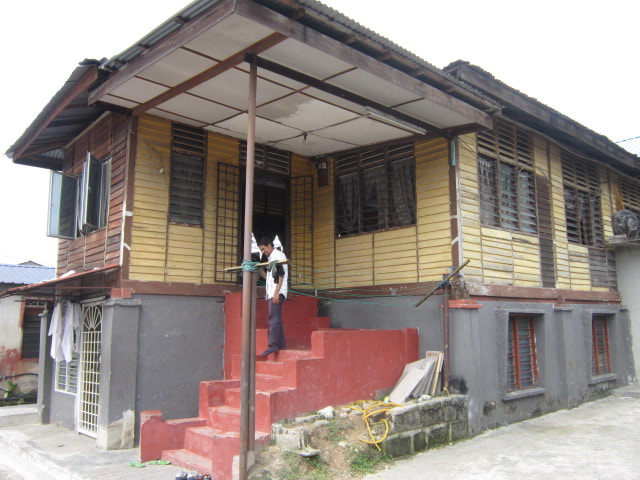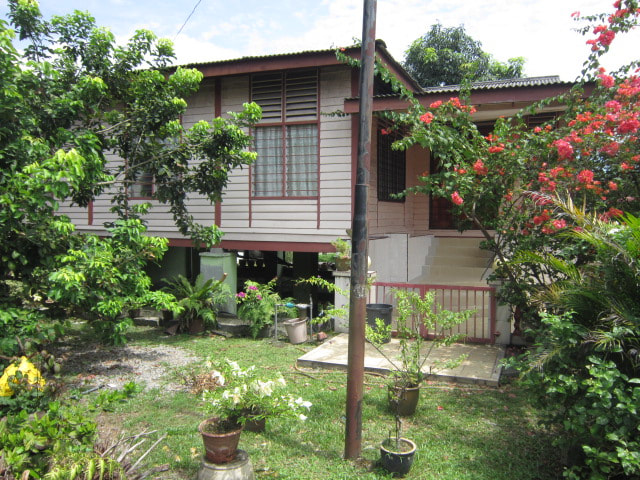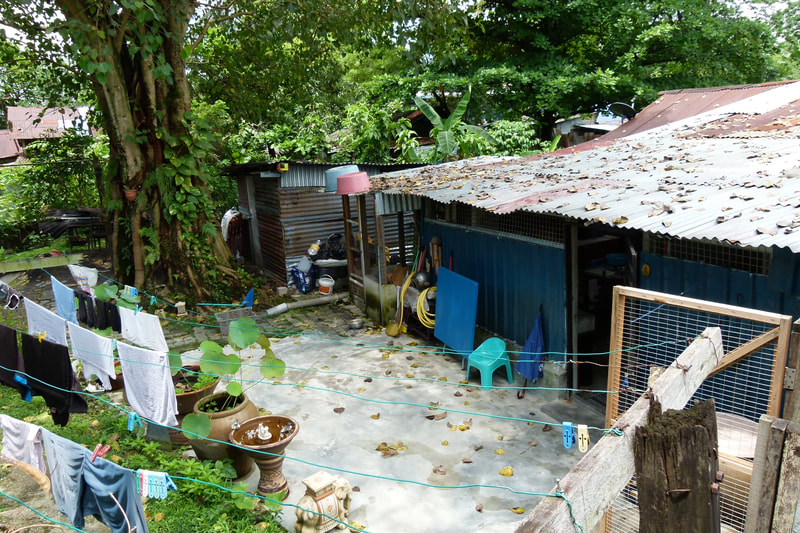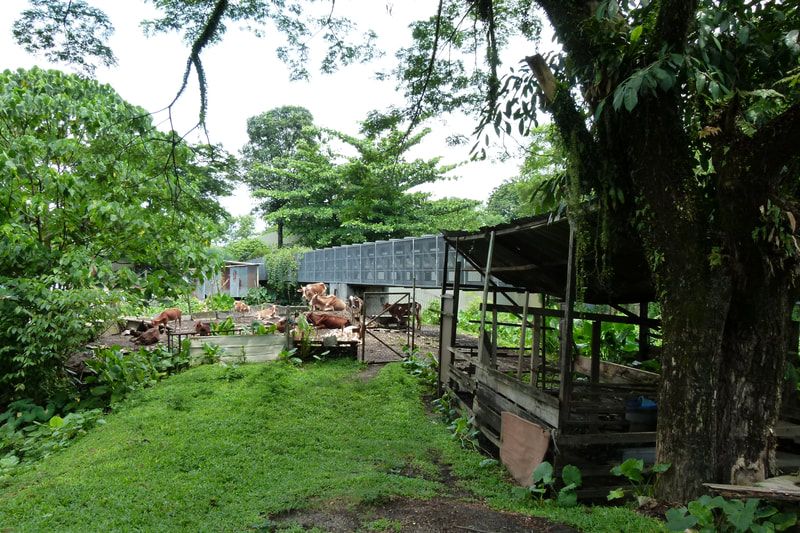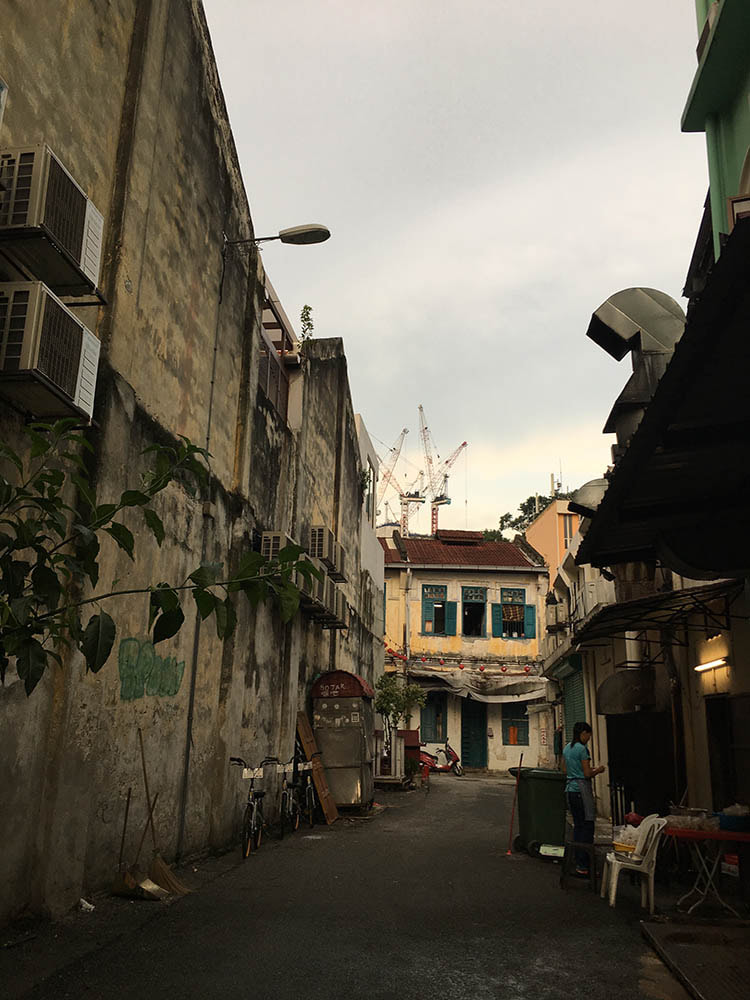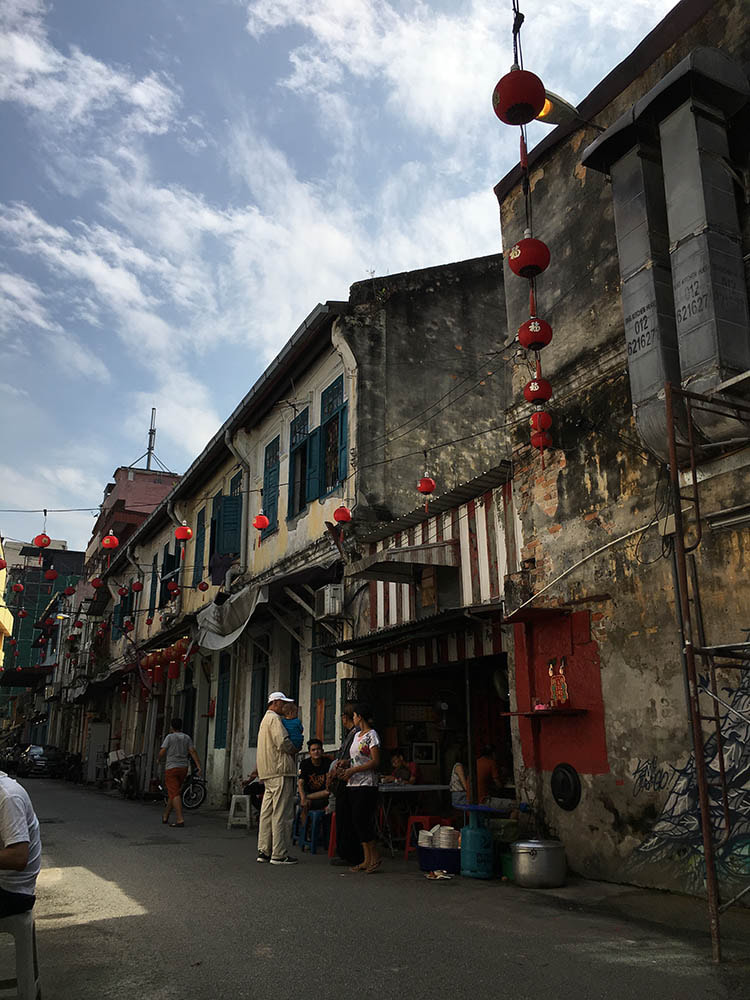Curatorial Statement
|
Kuala Lumpur, which is highly and intensively developed for commercial and residential buildings, and at the same time advocating the design of towering steel-reinforced concrete buildings, under the strongly lead by economic development, the old urban areas of the city have gradually been eroded, and the development pressure has also been pushed to the urban fringe areas.
Over the past 30 years, continuous demolition and relocation have caused a large number of contributions by the ancestors of various ethnic groups overlapping and overlaying, causing the loss of history. Not only has the cultural history disappeared, but also the lack of mutual identity, lead to misunderstanding between the ethnic groups. The local communities that carry the histories and memories were violently forced to demolish. Many precious community cultural heritages were buried underground with the arrival of bulldozers. However, the work of rescuing cultural assets has not started, scholars have not yet propose preservation plans, and the government is lack the will to preserve them. Many developments are carried out in the airborne implanted way, ignoring the local human ecology, environmental needs, and without humane planning. This development has become a disguised drive to destroy the original ecology of the community. The development (economic) and governance (political) methods of this type of high-handedness have been brought to their extremes way back to the British colonial period. The tactics of dividing and governing various races by economic classification, divided the races, making it easier for the colonial to suppress, and preventing the forces of resistance from forming. The "Chinese New Village" project implemented by blocking the support of the Communist Party of Malaysia in the 1950s is a notable example. After more than 60 years of independence, the governing unit was changed, but the colonial divide-and-conquer management method continues to ferment. |
The theme of Kuala Lumpur's curatorial exhibition is "History • Community • Identity", which focuses on the impact of urban development on the original ecology and the corresponding ways of communities. The first part of the exhibition presents the works of performing artists, performance artists, actors, scholars, architects, etc., with installation art, performances, short films and lectures, present observations and responses from multiple perspectives on this topic.
The second curatorial part will present some examples of community residents, artists and architectures' efforts to preserve cultural history in cities and fringe areas. These works present the possibility of cross-domain, cross-racial and religious dialogue and cooperation among folks using culture and art as a bridge. From the exhibition, we can see that they are trying to break the myth that certain ethnic groups monopolize historical interpretation rights, and how to treat each other's distinctive and different cultural heritage as having a common symbiotic relationship. The third part of the exhibition is the artist's investigation and display of cases of wanton development, improperly wasting public resources, and deviating development. In this way, we can discuss and talk about the unbalanced ecology and environment. Whether culture and art can break the gap of only development destiny, and eventually may be used by development units as tools for whitewash, and artists have become perpetrators. This has triggered many arguments from the academic and local community. All of these will take a long time to examine and dialectically. However, it is certain that the crude and inhuman development continues to occur in different corners of the world every day, and the cultural activist participating in the struggle will never compromise on their own ideas. |
|
Visual Art Exhibition
Venue : Lostgens & Online Date : 1st May – 30th May, Open By Appointment Artist : Aisyah Baharuddin • Chin Chun Wei • Chong Kim Chiew • Tan Chee Hon |
|
Performance Art
Venue : FaceBook Live, Lostgens Facebook Page Date : 1st May Time : 7 pm – 10 pm Artist : Aisyah Baharuddin • Mislina Mustaffa • Lim Paik Yin (Malaysia) Britto Art Trust – Ashim Halder Sagor • Emran Sohel • Jewel A Rob • Shubho Saha • Syed Muhammad Zakir (Dhaka) SFNlabs – Hujjatul Islam • Irma Septiana • Kelompok Burung Hitam (Indonesia) |
|
Short Film Screenings
Venue : Facebook Live, Lostgens FB Page Date : 2nd, 9th, 16th, 23rd May (Sunday) & 22nd May (Saturday) Time : 1 pm – 5 pm Film : 10 Tahun Sebelum Merdeka (2007), The Big Durian (2003), Absent Without Leave (2016), World Without Shadow (2011), Warisan (2014), Unlocking Bengoh (2016), Unsung (2017), Living in Pride (2020) |
Forum
|
Revolutionary space of architects(Mandarin)
建築師的革命空間(中文) Venue : Facebook Live, Lostgens FB Page Date : 8th May (Saturday) Time : 7 pm – 9 pm Speaker : Huang Jui-mao • Lee Soon Yong • Tew Kok Keong • Wendy Teo Moderator : Teoh Chee Keong |
Mirage : Disused Public Property in KL (Mandarin )
吉隆坡蚊子館拍摄计划(中文) Venue : Facebook Live, Lostgens FB Page Date : 30th May (Sunday) Time : 7 pm – 9 pm Speakers : Sandy Hsiu-Chih Lo • Yao Jui-Chung Sharing : Project Participants Moderator : Yeoh Lian Heng |
|
Mirage – Disused Public Properties
By Yao, Jui-Chung + Lost Society Document + Sandy Hsiu-chih Lo (Taiwan) Photography Workshop Project collaboration with Lostgens’ Contemporary Art Space |
|
Lost of Kuala Lumpur
About a hundred years ago, the ancestors who coming from Indonesia, China and South India then lived along the River Gombak in Kuala Lumpur, formed the unique Kampung Bandar Dalam, Kampung Railway and Petaling Street community. A hundred years later, under the great wheel of development, the cultures of these settlements were gradually disappeared. The residents of these three places once joined together to defend each other’s history and culture. The exhibition will display these forgotten cultural and historical fragments, aiming to awaken the public’s attention to the crisis of disappearing historical memory in Kuala Lumpur. |
